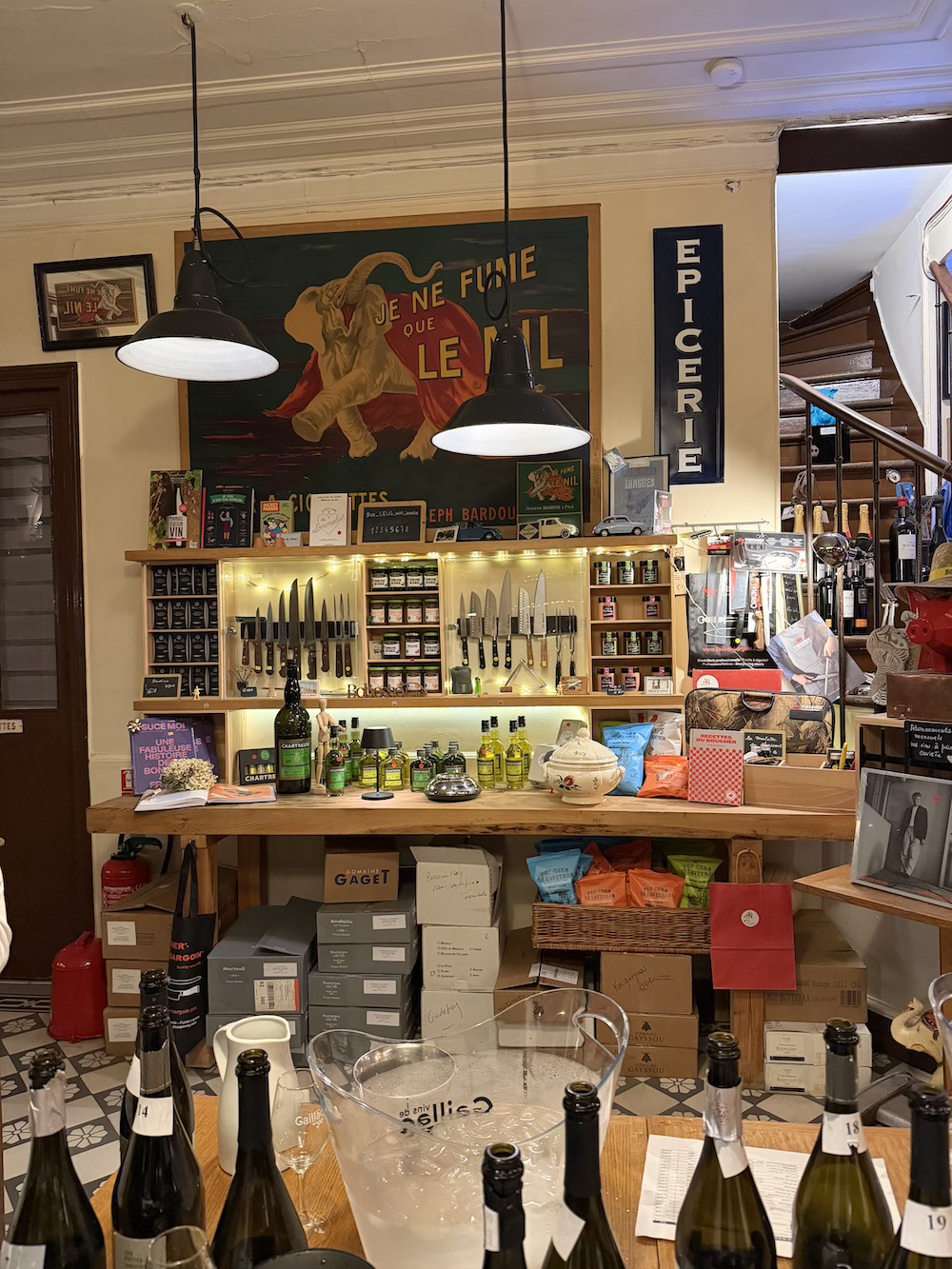
Editorial

Editorial
By Sylvain Patard - Editor in chief, posted on 03 May 2024
It is probably one of the only examples of its kind in the wine industry. Alsace is virtually entirely geared to producing single varietal wines, spanning an endless array of styles and characters due to the countless vineyard sites that mesh with the different grape varieties.
There are many reasons for this bountiful range of wines, the first of which is that Alsace is home to all the geological formations, from the Primary to the Quaternary period.
One of the major milestones of this history occurred in the Tertiary period – some fifty million years ago – when the Rhenish Massif collapsed. This happened slowly to begin with then more abruptly, creating the present-day Rhine plain which helped reveal and subdivide all of the geological layers. Maritime and fluvial deposits combined with the effects of erosion then added a further layer of complexity. Ultimately, three entities made their mark on the Alsace side of the Rhine Rift Valley: the Vosges mountains, with granite, sandstone and occasionally schist soils; the incredibly diverse Lower Vosges; and the alluvial plain of the Rhine with its marl and alluvium. Four geological fault areas – Saverne, Ribeauvillé, Rouffach-Guebwiller and Thann – add an extra level to this configuration and divide the wine region up still further. This is why Alsace reveals so many different facets. It’s why a Riesling grown in Wiebelsberg d’Andlau bears no resemblance to a wine made from the same variety grown in the Rangen vineyards in Thann. And there are endless examples that demonstrate the same differences. Join us as we take another look at this amazing region through the lens of its vineyard sites, and not just its grape varieties.
By Jean-Paul Burias photographs - Courtesy of the estates

Editorial

Editorial

Editorial